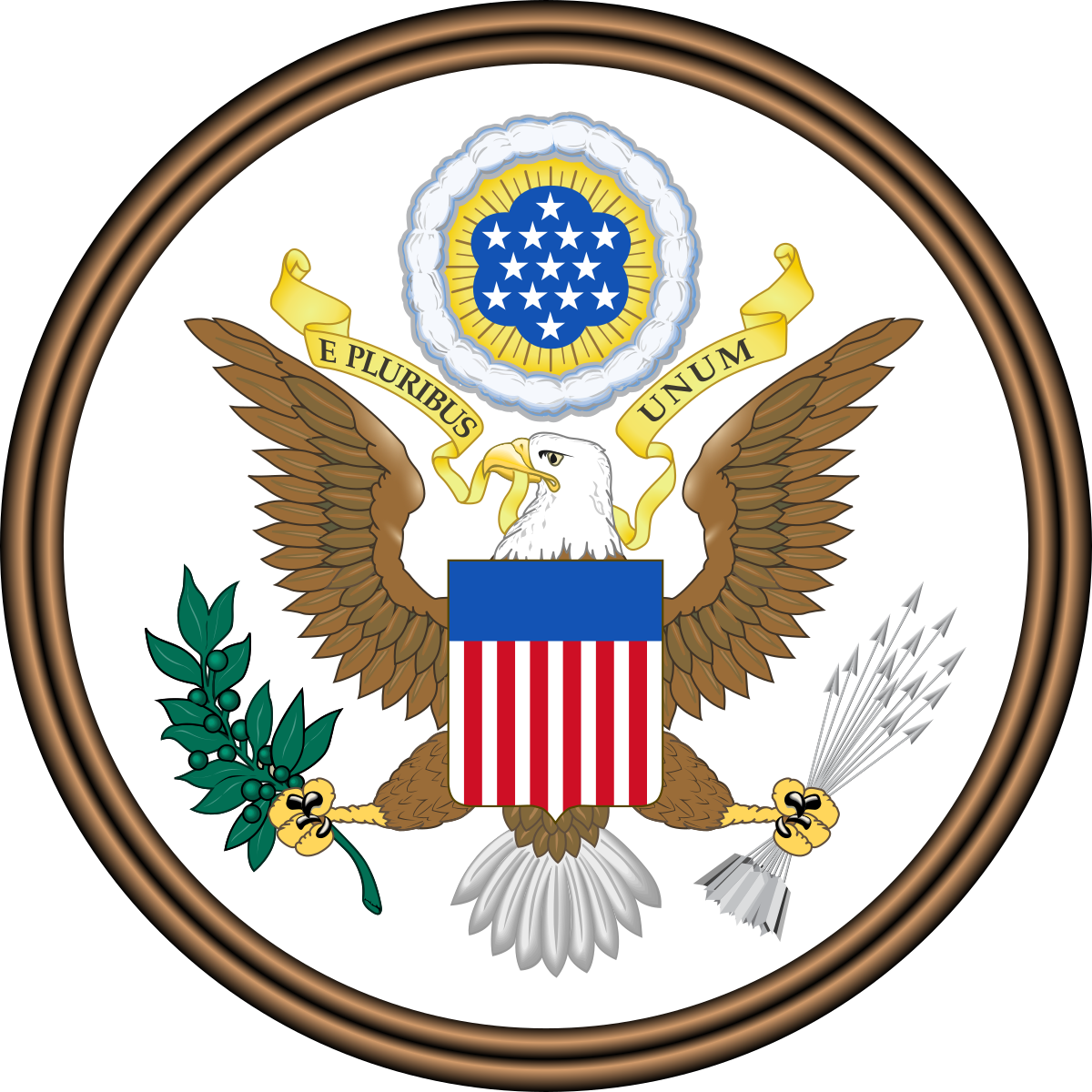Hawk1981
VIP Member
- Apr 1, 2020
- 209
- 270
- 73
The National Labor Relations Act (NLRA) of 1935 was designed to guarantee workers "the right to self-organization, to form, join, or assist labor organizations, to bargain collectively through representatives of their own choosing, and to engage in concerted activities for the purpose of collective bargaining or other mutual aid and protection."
Also known as the Wagner Act for New York Senator Robert F Wagner who introduced the bill, the National Labor Relations Act consisted of 5 provisions, all of which were written to increase worker rights:
1. The prohibition of management, or any other, to interfere, restrain or coerce employees in their rights of freedom of association, mutual aid or protection, self-organization, to form, join, or assist labor organizations, to bargain collectively for wages and working conditions through representatives of their own choosing, and to engage in other protected concerted activities with or without a union.
2. "Dominating" or interfering with the formation or administration of any labor organization.
3. Discriminating against employees to encourage or discourage acts of support for a labor organization.
4. Discriminating against employees who file charges or testify.
5. Refusing to bargain collectively with the representative of the employer's employees.

The Wagner Act of 1935 was designed to correct the problems associated with previous attempts at Labor relations, specifically the National Industrial Recovery Act (NIRA) of 1933. Drafted as an attempt to quell the effects of the Great Depression, the major component of the NIRA was the suspension of anti-trust laws and a support of the alliance of industries. Companies were required to establish industry wide "codes of fair competition" that fixed prices, wages and established quotas on the production of goods. In addition, employees were given collective bargaining rights and could not be required to abstain from joining a labor organization.
Besides correcting the issues that were found to be unconstitutional in the prior law, the Wagner Act added needed enforcement with the creation of the National Labor Relations Board (NLRB). The NLRB was designed to address a number of issues. It was widely believed that the federal court system was too overwhelmed, and had little experience, dealing with labor issues. It was also believed that the court system would not be a strong advocate for the enforcement of Labor rights. Congress noted that many issues involving labor policies could not be agreed upon by those currently in the government. For that reason it was believed that an administrative body, designed solely to deal with labor issues, would be the best way to deal with developing policy.
Also known as the Wagner Act for New York Senator Robert F Wagner who introduced the bill, the National Labor Relations Act consisted of 5 provisions, all of which were written to increase worker rights:
1. The prohibition of management, or any other, to interfere, restrain or coerce employees in their rights of freedom of association, mutual aid or protection, self-organization, to form, join, or assist labor organizations, to bargain collectively for wages and working conditions through representatives of their own choosing, and to engage in other protected concerted activities with or without a union.
2. "Dominating" or interfering with the formation or administration of any labor organization.
3. Discriminating against employees to encourage or discourage acts of support for a labor organization.
4. Discriminating against employees who file charges or testify.
5. Refusing to bargain collectively with the representative of the employer's employees.
The Wagner Act of 1935 was designed to correct the problems associated with previous attempts at Labor relations, specifically the National Industrial Recovery Act (NIRA) of 1933. Drafted as an attempt to quell the effects of the Great Depression, the major component of the NIRA was the suspension of anti-trust laws and a support of the alliance of industries. Companies were required to establish industry wide "codes of fair competition" that fixed prices, wages and established quotas on the production of goods. In addition, employees were given collective bargaining rights and could not be required to abstain from joining a labor organization.
Besides correcting the issues that were found to be unconstitutional in the prior law, the Wagner Act added needed enforcement with the creation of the National Labor Relations Board (NLRB). The NLRB was designed to address a number of issues. It was widely believed that the federal court system was too overwhelmed, and had little experience, dealing with labor issues. It was also believed that the court system would not be a strong advocate for the enforcement of Labor rights. Congress noted that many issues involving labor policies could not be agreed upon by those currently in the government. For that reason it was believed that an administrative body, designed solely to deal with labor issues, would be the best way to deal with developing policy.
